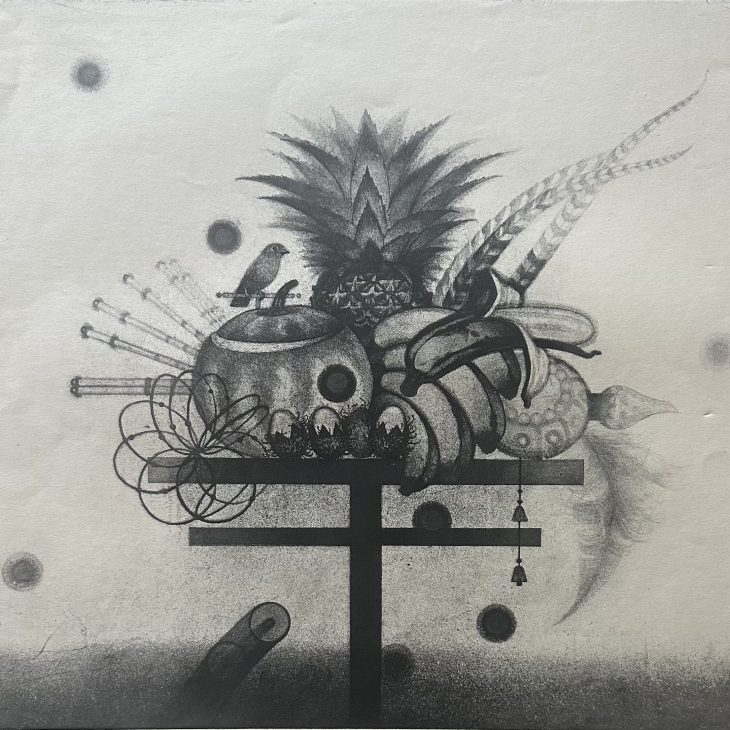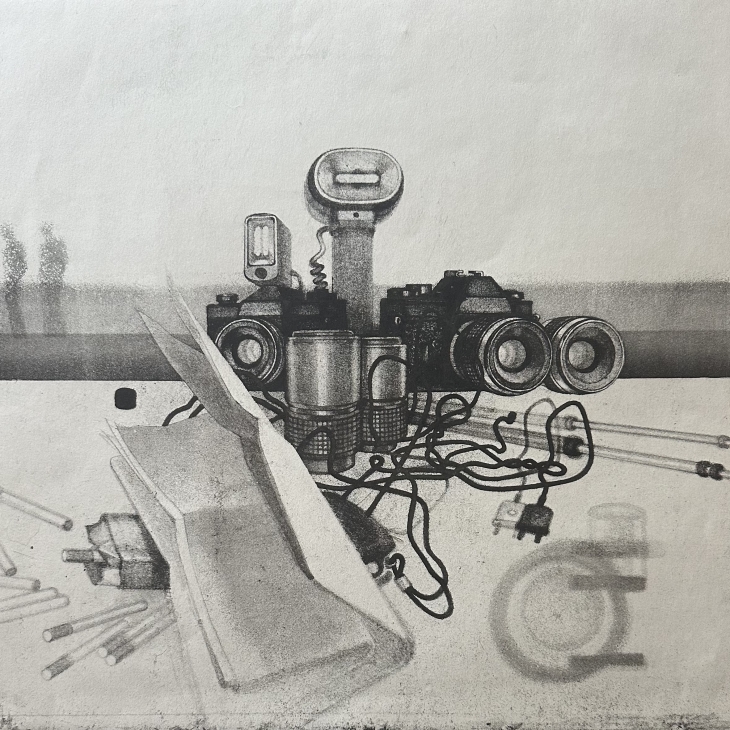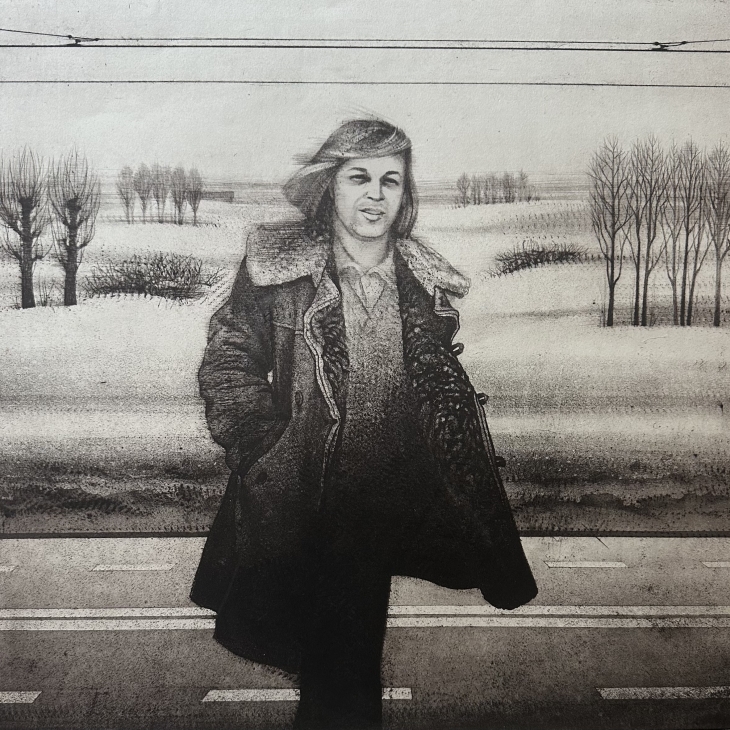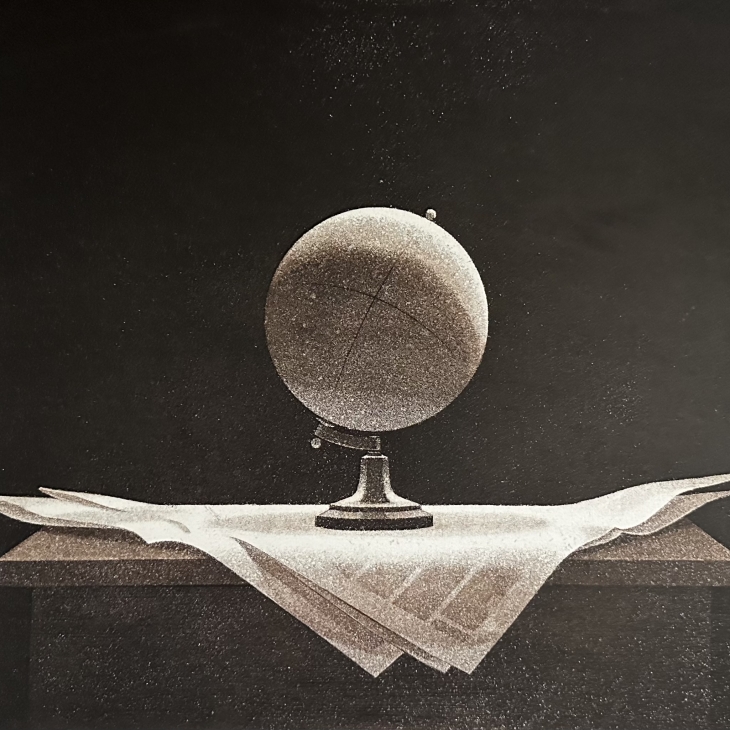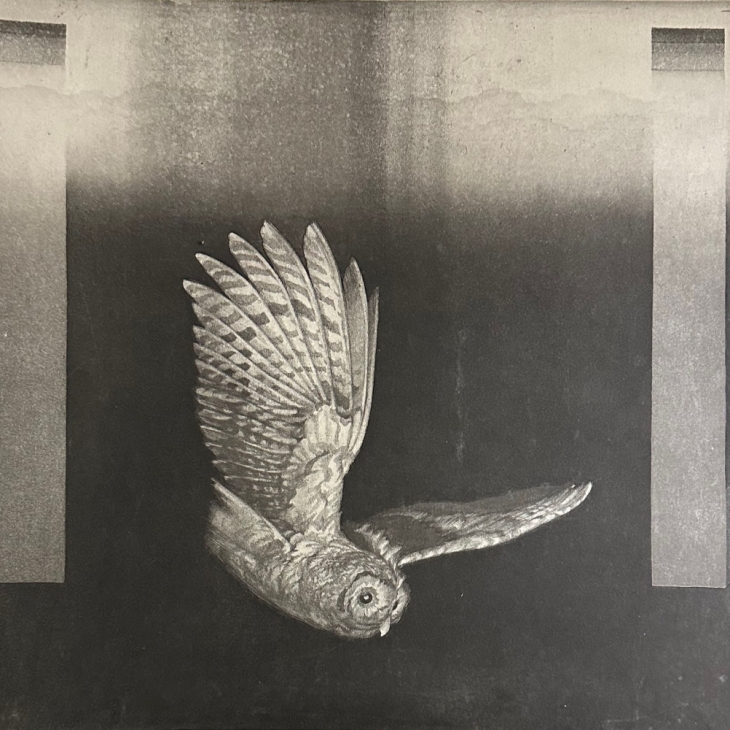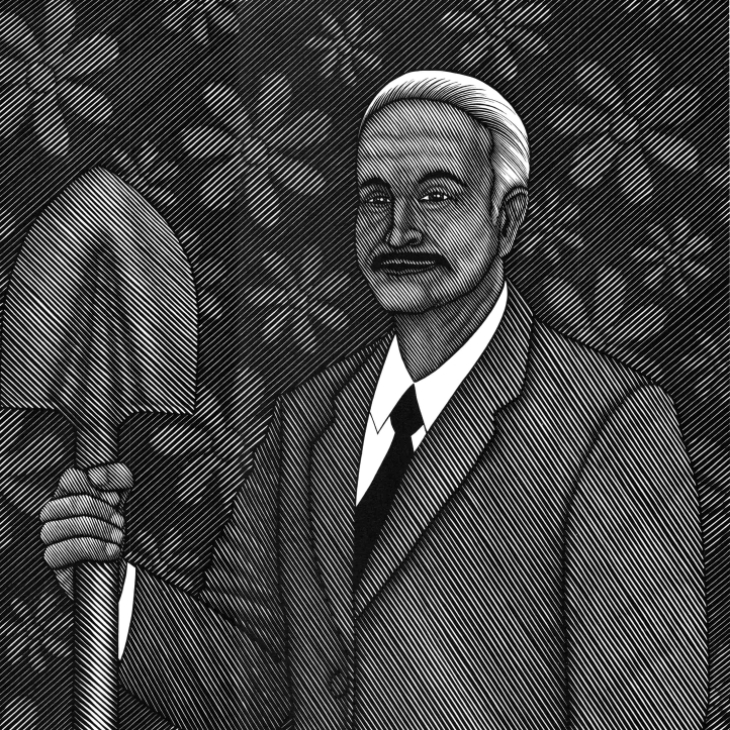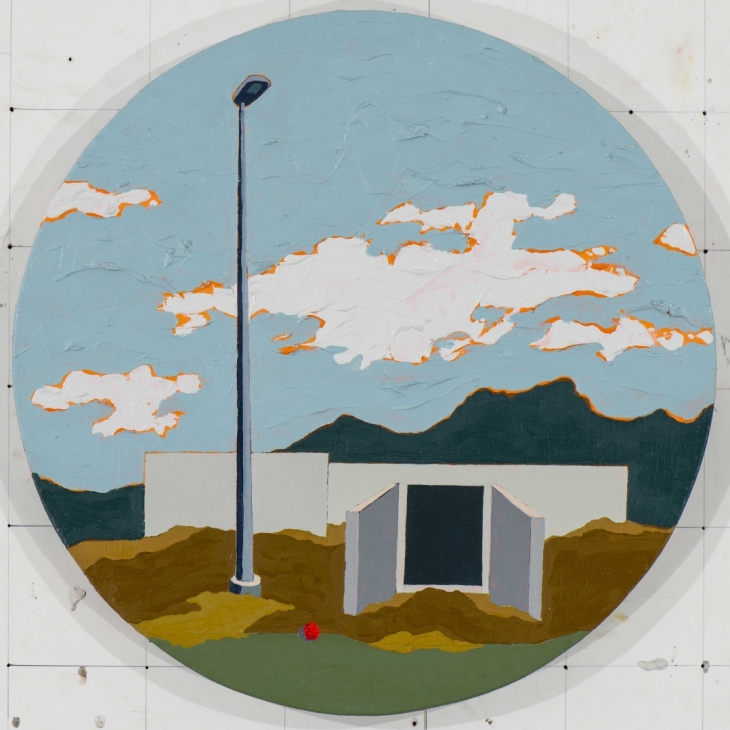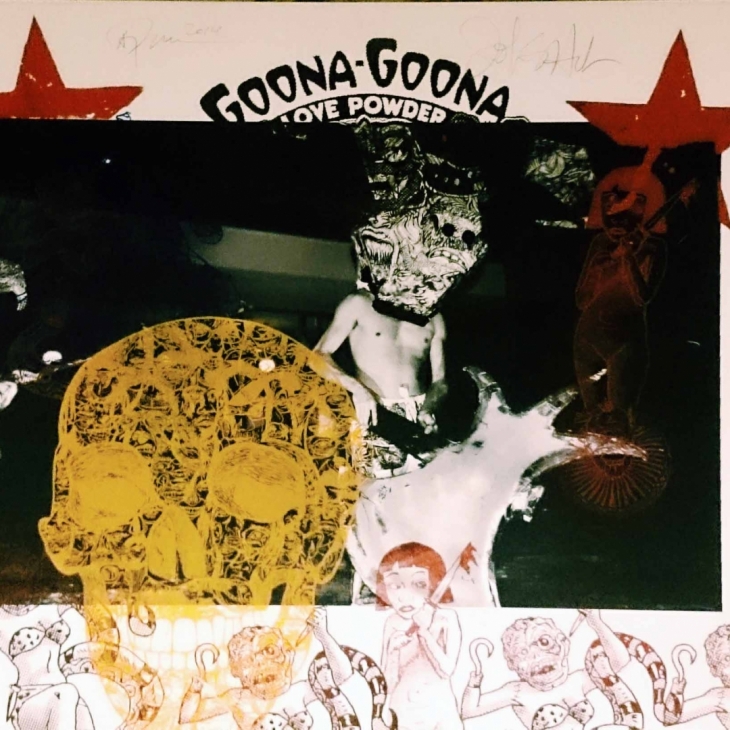Kaisa Puustak
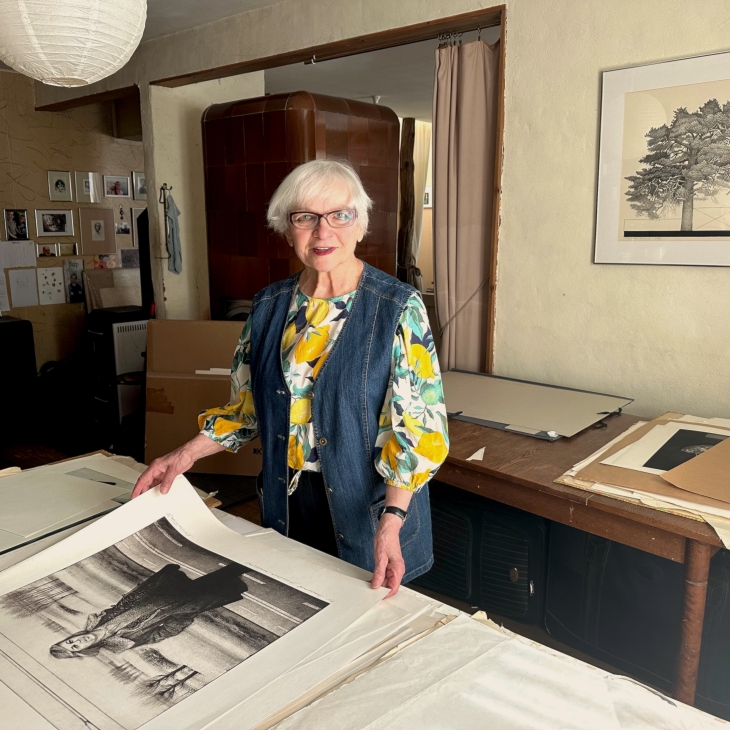
Artist is based in: Estonia
In the 1970s, female graphic artists played a significant role in Estonian art, with Puustak being one of the key figures. During this period, there was a renewed interest in realism in both painting and printmaking. Puustak has been praised for her ability to depict reality while intertwining deeper and poetic themes in her works. Along with her contemporaries Urmas Ploomipuu and Marje Üksine, Puustak was drawn to everyday motifs. Her works skillfully utilize soft-ground etching and aquatint techniques, giving her art precision and depth. Lauded by critics as a master of still life, Puustak brought everyday objects into sharp and realistic focus, capturing a sense of alienation and detachment. Everyday motifs and meticulous realism—simple objects like a basket of potatoes or a shopping bag—create a quiet yet impactful atmosphere in her work*. Puustak has also been fascinated by railroad motifs, which can be interpreted as an expression of romantic longing. Images of empty landscapes with railway tracks disappearing into the distance, or views from train windows, offer viewers a chance to let their minds wander.
Puustak has taught at the Estonian State Art Institute (later the Estonian Academy of Arts), the University of Tartu Viljandi Culture Academy, and the Paimio Kansanopistos in Finland from the 1970s up until recent years. She considers her role as an educator to be of utmost importance, emphasizing the development of drawing skills not just in the technical sense but as a way of gaining deeper understanding of both others and oneself. She has also served as the head of the Estonian Printmakers’ Workshop and as the secretary of the board of the Artists’ Union of the Estonian SSR.
Puustak has participated in biennials and international exhibitions, from all-Union visual art and printmaking exhibitions during the Soviet era to prestigious printmaking centers in Europe and the United States. Her work has been recognized both at home and abroad, with accolades such as the Grand Prize at the Tallinn Print Triennial, a Special Prize at the Ljubljana Biennial, and diplomas from Moscow, Minsk, and other locations. Her prints are held in the collections of several prestigious museums and private collections in Finland, Sweden, Germany, the Netherlands, the USA, Canada, and Australia. Additionally, she has illustrated children’s books by Estonian authors. In 2010, the Estonian Children’s Literature Centre hosted a comprehensive exhibition of Kaisa Puustak’s children’s book illustrations.
*Based on “Estonian Art History 6, 1940-1991,” p. 156, written by Sirje Helme on printmaking.


